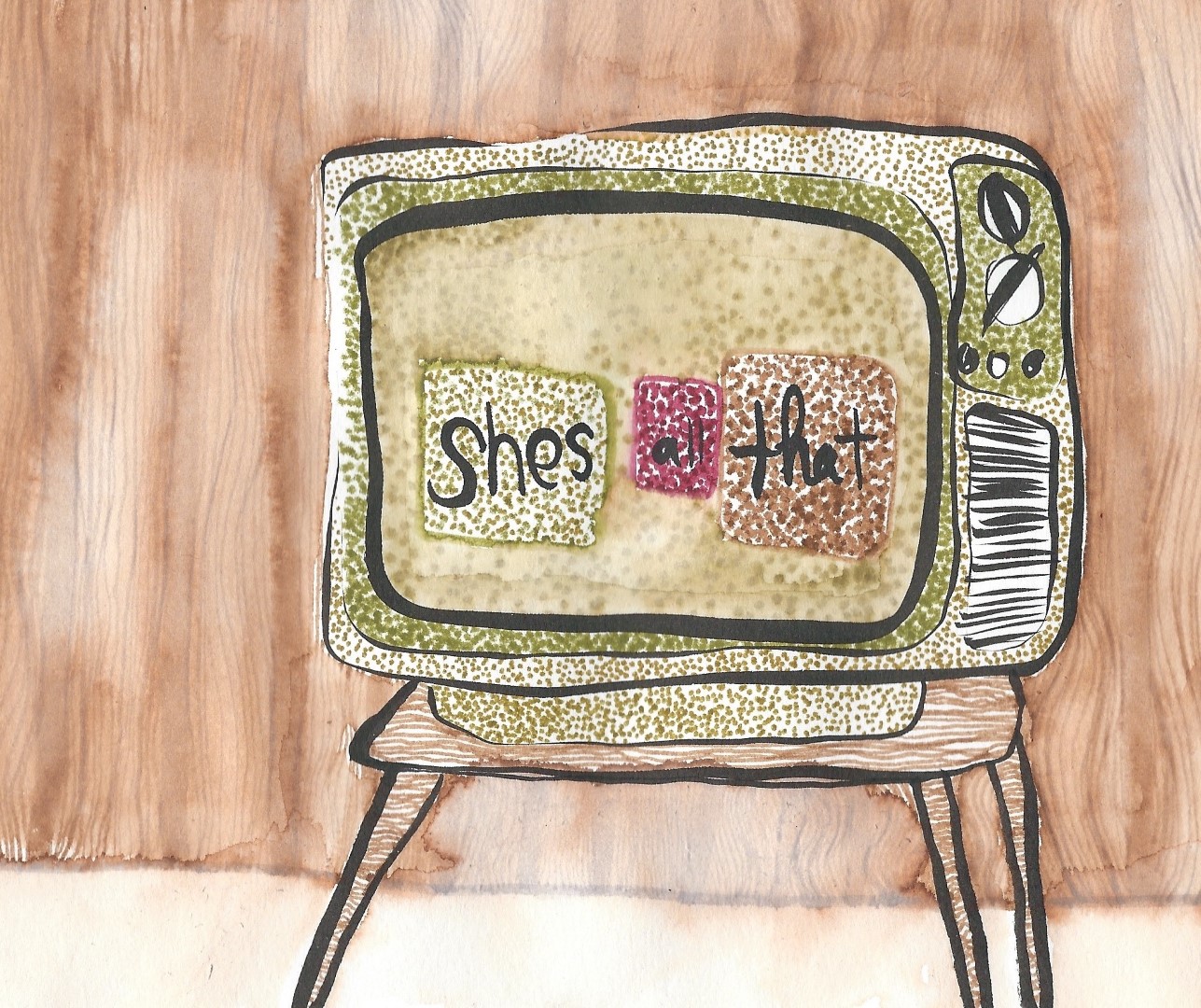‘The Final Testimony of Raphael Ignatius Phoenix’ book review
By Joshua Grant, Senior Columnist
3/5
The Final Testimony of Raphael Ignatius Phoenix is both the first and last book by author Paul Sussman. That is to say it’s Sussman’s first, unpublished novel that was published after the writer’s sudden death in 2012.
The frame of the story takes us to 1999, a few days before the new millennium, at which point the title character, Raphael Ignatius Phoenix, has decided to end his life. The millennium is also (naturally) Phoenix’s 100th birthday. To occupy the last few days of his life, Phoenix decides to write the story of his life in marker on the walls of his isolated mountain home.
As his biography unfolds in reverse-chronological order, we find that his life cleaves neatly into a handful of eras: he becomes a minor star in golden-age Hollywood, fights in World War II, and plays in a psychedelic rock band. Each era ends with Phoenix getting away with a (usually slapstick) murder. Rinse and repeat. The episodes cling together only slightly, but Sussman manages to keep Phoenix relatively relatable despite his apparently cavalier opinion of human life.
Though Sussman is better known as a writer of archaeologically-themed crime thrillers, this book feels like it owes a lot more to capital-F fiction writers, namely magical-realists like Gabriel García Márquez or Sussman’s contemporary and countryman Louis de Bernières. Indeed, I picked up the book because the title and cover art were so reminiscent of de Bernières’ Márquez -inspired Latin American Trilogy. Inside, some similarities persist: the writing is airy and exciting, the plot is propulsive, and the conceit is delightful.
The set-up is compelling enough to yield a lot of interesting, if hurried, scenes. Unfortunately, The Final Testimony of Raphael Ignatius Phoenix culminates in a pile of confusing symbolism, plot twists, and cheap reveals. I won’t go into details because this is still a fine read up until the last pages. Perhaps the jarring plot twist and hackneyed symbolism are indicative of a young writer that would later find his calling in mystery thrillers rather than literary fiction.
I like to think that the novel’s deep flaws arise from its posthumous status. If alive, a more mature Sussman would have probably identified the problems and rewritten the ending—or vetoed the publication, period. Sadly, that’s not the case. Instead, we’re left with a book that’s undeniably enjoyable but ultimately disappointing.


